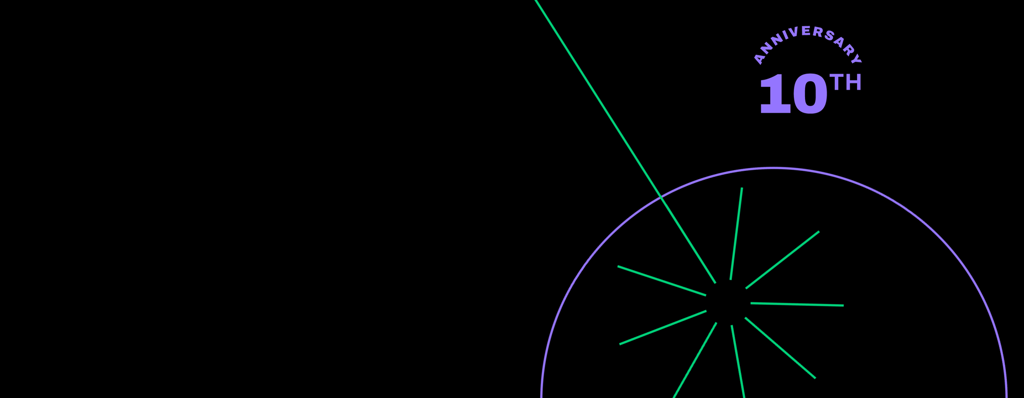
23 - 28 June, 2024
Stanford University
Stanford, California USA
Events
Scott Diddams
University of Colorado Boulder

Frequency Comb Spectroscopy
Optical frequency combs are a unique spectroscopic tool, providing an unparalleled combination of frequency accuracy, high-resolution and broad spectral coverage. The field of frequency comb spectroscopy has grown rapidly to encompass multiple spectroscopic scenarios, ranging from trace gas detection for atmospheric sensing to fundamental and applied spectroscopy in chemistry, physics, and biology. In this tutorial, I will highlight recent developments of frequency comb spectroscopy techniques that apply to both the active detection of coherent laser light, as well as passive detection of incoherent thermal light. I will begin with a description of techniques used to generate frequency combs from the UV to the Infrared. I will follow this with an overview of approaches for “reading out” or detecting spectroscopic information with frequency combs. This will include analysis of the fundamental limits in detection sensitivity and speed. Finally, throughout my presentation, I will highlight a range of impactful applications of frequency comb spectroscopy, including “real-world” chemical sensing, hyperspectral microscopy, and astronomical spectroscopy.
About the Speaker
Scott Diddams holds the Robert H. Davis Endowed Chair at the University of Colorado Boulder, where he is also a Professor of Electrical Engineering and Physics. He carries out experimental research in the fields of precision spectroscopy and quantum metrology, nonlinear optics, microwave photonics and ultrafast lasers. Diddams received the Ph.D. degree from the University of New Mexico in 1996. From 1996 through 2000, he did postdoctroral work at JILA, NIST and the University of Colorado. Subsequently, Diddams was a Research Physicist, Group Leader, and Fellow at NIST (the National Institute of Standards and Technology). In 2022 he transitioned to his present position where he also assumed the role of Faculty Director of the Quantum Engineering Initiative in the College of Engineering and Applied Science. As a postdoc, Diddams built the first optical frequency combs in the lab of Nobel laureate John Hall, and throughout his career, he has pioneered the use of these tools for optical clocks, tests of fundamental physics, novel spectroscopy, and astronomy. His research has been documented in more than 750 peer-reviewed publications, conference papers, and invited talks. The work of Dr. Diddams and his research group has also been recognized by multiple awards. These include the Distinguished Presidential Rank Award, the Department of Commerce Gold and Silver Medals for "revolutionizing the way frequency is measured”, as well as the Presidential Early Career Award in Science and Engineering (PECASE), the OPTICA C.E.K. Mees Medal, the IEEE Photonics Society Laser Instrumentation Award, and the IEEE Rabi award. He is a Fellow of OPTICA (formerly OSA), the American Physical Society, and IEEE.
